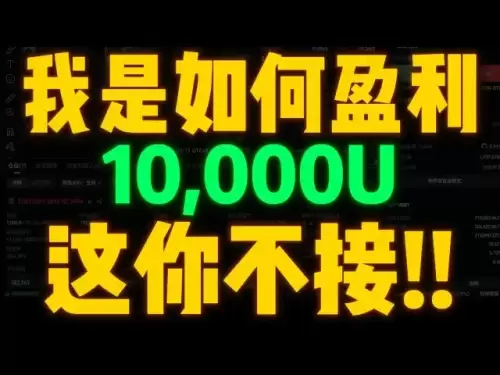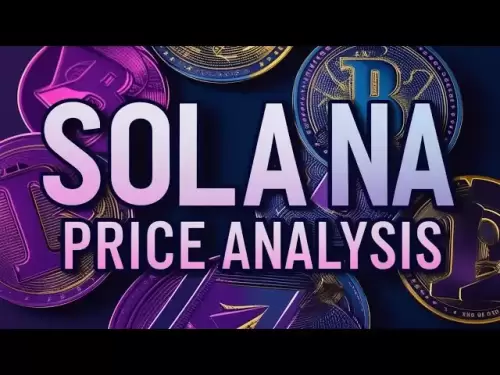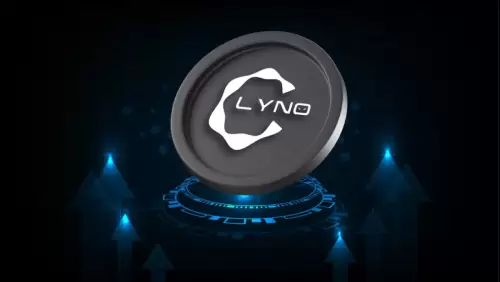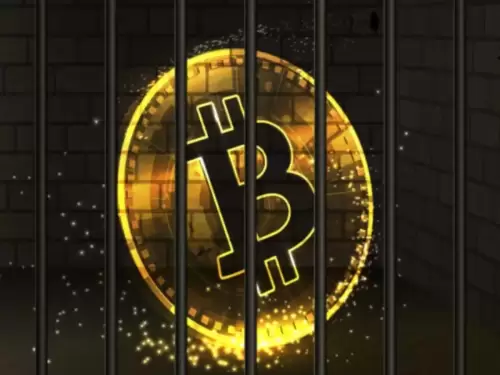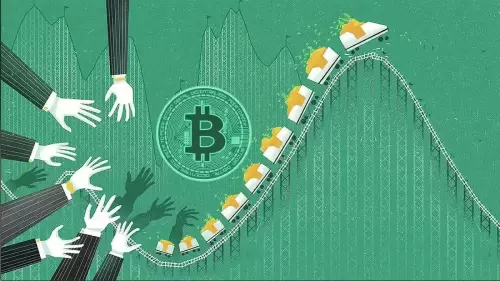 |
|
 |
|
 |
|
 |
|
 |
|
 |
|
 |
|
 |
|
 |
|
 |
|
 |
|
 |
|
 |
|
 |
|
 |
|
In crypto markets, liquidity is king, but what happens when assets are locked, illiquid, and months (or even years) away from vesting?

In the dynamic realm of crypto markets, liquidity is paramount, but what happens when assets are locked, illiquid, and months (or even years) away from vesting? This is the problem that SecondSwap sets out to solve.
Speaking at the Avalanche Summit in London, CCN spoke with Kanny Lee, founder of SecondSwap, to discuss how the new platform is tackling a niche but increasingly relevant challenge: the trading of locked tokens on-chain.
Rise of Token Secondary Markets
“Secondary markets are not a crypto invention,” begins Lee. “They’ve existed in traditional finance for years. People who invested in Facebook before the IPO sold shares through private secondary, or they sold to early employees.”
Now, this concept is being adapted to the blockchain world. Rather than focusing on tokens already in circulation, SecondSwap targets locked or illiquid token allocations—typically held by seed investors, team members, or advisors.
“Historically, these deals happen over-the-counter with brokers manually matching buyers and sellers. It’s slow, opaque, and often fails,” says Lee.
SecondSwap introduces a tri-party structure where the token foundation plays an active role from the start.
“We get approval from the foundation for each deal, so there’s no last-minute veto after weeks of negotiation. It turns what’s usually a legal gray area into a pre-approved, on-chain process. Foundations retain oversight, while traders get speed and clarity.”
Why Avalanche?
SecondSwap is currently built on Avalanche. Lee cites the protocol’s real-world integrations—from stablecoin-powered ride-hailing payments in Singapore to various partnerships—as a key reason for the choice.
“Avalanche has shown traction across different sectors, not just DeFi or gaming. They’re also open to experimentation.”
The integration allows users to buy locked AVAX tokens directly through the platform, which marks a first in the space, according to Lee.
It's Also Awaiting Payloads From Chains Like Solana, Binance Smart Chain, Ethereum, Fantom, and Polygon.
Risks and Friction Points
The model isn’t without challenges. Smart contract risk, wallet-based UX friction, and protocol-level security are all in play. Lee, a former cybersecurity specialist, says SecondSwap prioritizes segregation of funds, access controls, and transparent on-chain execution to mitigate these.
There’s also the potential for market manipulation or wash trading, but according to Lee, that’s harder to pull off on-chain.
“It’s easier to trace behavior on decentralized platforms. Tools like Dune Analytics make spoofing patterns more visible.”
Who’s Buying Locked Tokens?
One might assume demand is low, but Lee says it’s the opposite.
“We have public companies building strategic positions in layer-1 ecosystems,” he reveals.
“It’s like a new version of MicroStrategy, but instead of Bitcoin, they’re stockpiling Solana or Avalanche at a discount.”
The buying logic? Tokens are already locked. Investors who are bullish on an ecosystem’s long-term prospects can acquire tokens at a lower price without affecting the circulating supply.
A Different Way To Participate
Unlike airdrops, which often lead to rapid selloffs, SecondSwap aims for more incentivized ownership. Community members can buy tokens at a discount, but they remain subject to the original lock terms.
“There’s a difference between getting something for free and buying it at a discount. The latter creates more committed holders.”
Fractional sales are also possible. Users don’t need to sell an entire allocation, just a portion, adding flexibility.
Regulatory Node
SecondSwap avoids direct custody or exchange roles. Instead, it integrates with KYC providers and relies on token foundations to define eligibility.
“We’re not bypassing restrictions; we’re enforcing them. Whatever a SAFT says, we follow.”
This makes SecondSwap more of a facilitator than an exchange—a design choice aimed at reducing compliance risk.
Is This the Start of a New Liquidity Model?
As of 2025, more than $37 billion worth of tokens are locked across the crypto ecosystem.
Lee believes platforms like SecondSwap could act as “pressure relief valves,” helping move tokens into stronger hands without quickly flooding markets.
Still, he acknowledges the biggest challenge isn’t legal or technical—it’s speed.
“Foundations keep asking us to move faster. They see the need; they just want it now.”
The Bigger Picture
Whether SecondSwap becomes a standard tool or remains a niche solution depends on how the broader market evolves. But it’s clear the demand for smarter token liquidity is increasing as crypto matures beyond hype cycles and toward longer-term capital strategies.
As Lee says, “We’re not inventing a new idea. We’re adapting a proven one to the world of crypto—and trying to do it right.”
Disclaimer:info@kdj.com
The information provided is not trading advice. kdj.com does not assume any responsibility for any investments made based on the information provided in this article. Cryptocurrencies are highly volatile and it is highly recommended that you invest with caution after thorough research!
If you believe that the content used on this website infringes your copyright, please contact us immediately (info@kdj.com) and we will delete it promptly.























